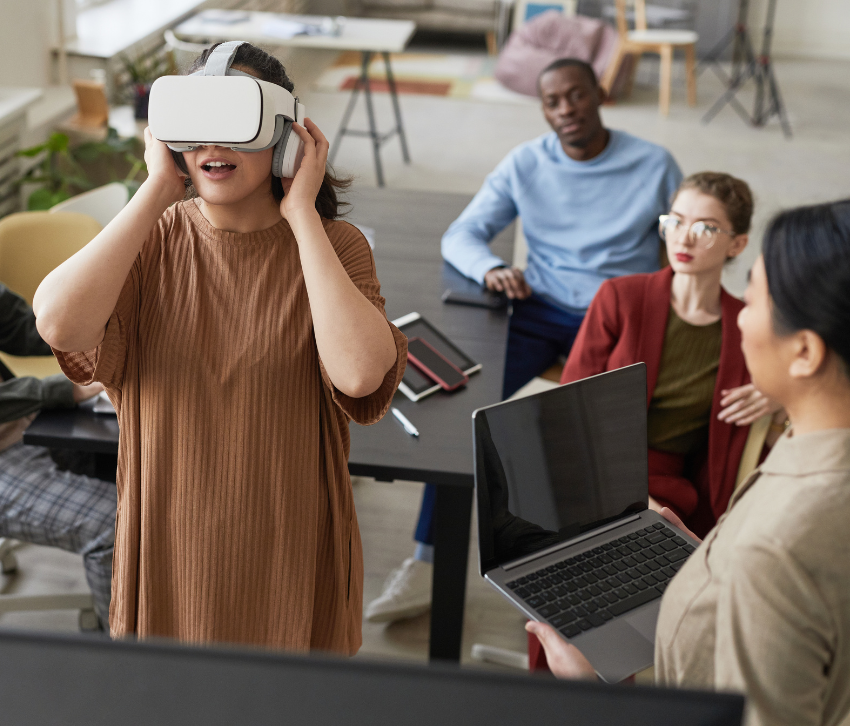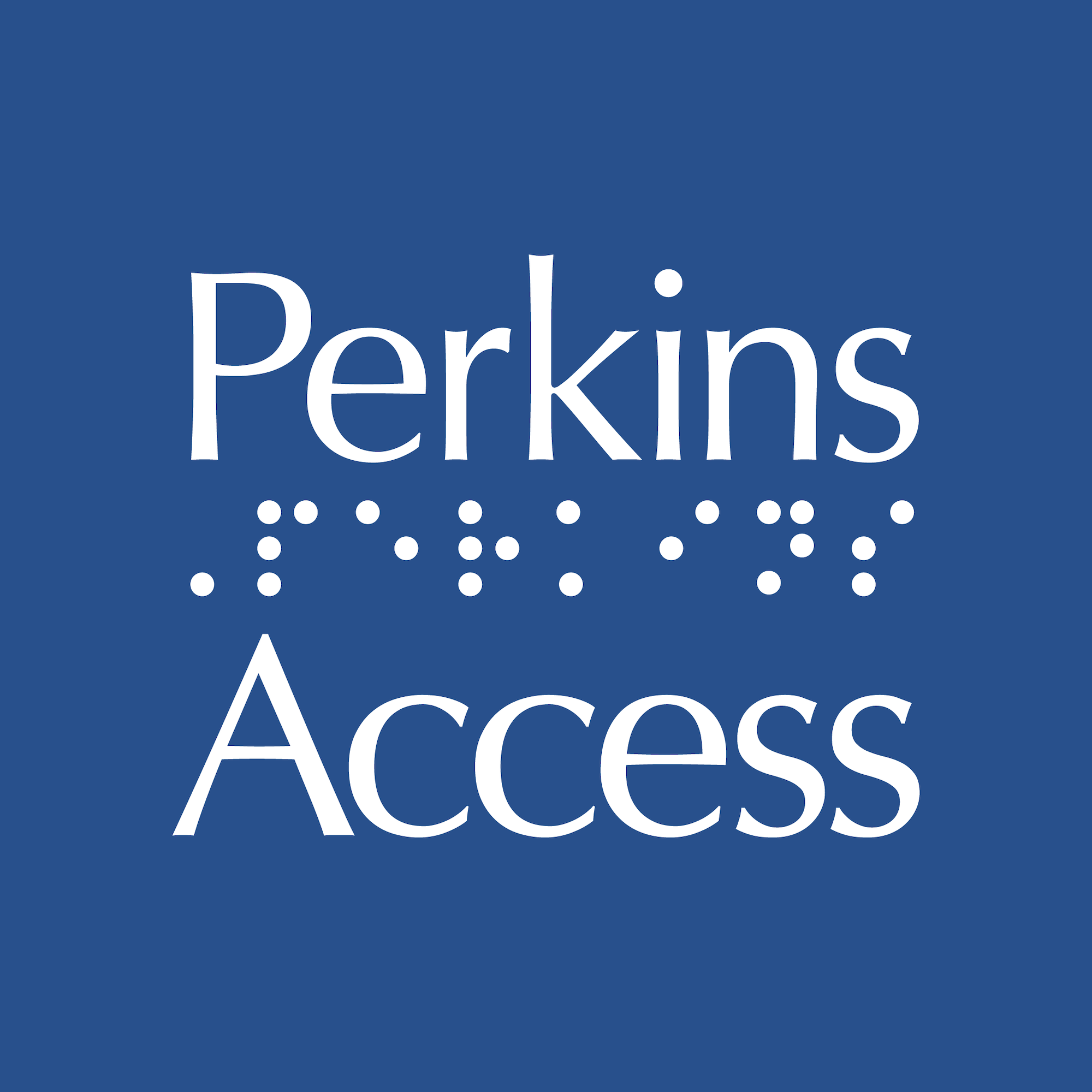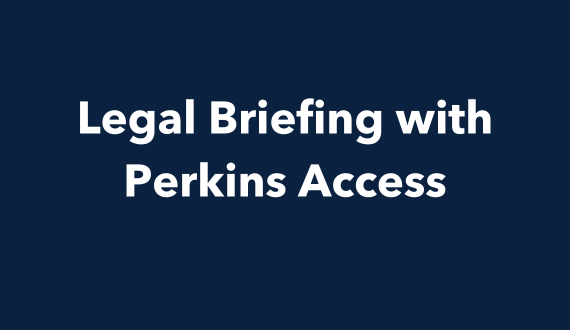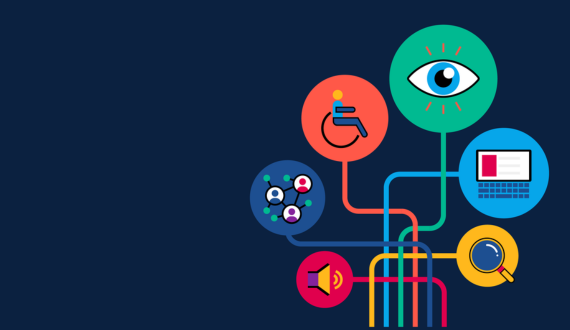How to include people with disabilities in your user research
Share

Why including people with disabilities in your user testing is so important
User research is one of the best ways to ensure that the broadest possible range of people can successfully navigate and use your digital experiences. But if you’re not including the needs of people with disabilities in your UX testing, you risk overlooking obstacles that could affect a significant portion of your users.
Nearly one in four Americans has a disability at any given time, either temporarily or permanently—that’s about 61 million people. If they can’t fully access your website, app, or other digital experience, you’re unintentionally excluding a lot of potential users. And you leave yourself vulnerable to legal action, too.
Understanding the fundamentals of inclusive design and the latest web accessibility guidelines can go a long way toward creating accessible digital experiences. But there’s no substitute for real-world testing. Getting feedback from people with disabilities is a cornerstone of inclusive design — and the best way to build accessibility in from ideation to development. What’s more, there’s a good chance that the insights you gain in the process will help you create an experience that’s better and more intuitive for all users.
How to build a more inclusive user research program
Incorporating people with disabilities into your user research is vital, but getting it right requires expertise. Perkins Access has the experience and know-how, and we bring that expertise to our clients’ user research processes. Here, we’ve put together some tips to get you thinking about how to improve UX research at your organization.
Recruiting users with disabilities
Recruiting the right number and mix of people with disabilities for user testing can take a bit more time and effort than other recruitment efforts, so it’s important to set expectations in advance and build extra time into your schedule. It may be well worth the investment to hire an outside firm to recruit users for you. If you’re doing your own recruitment, building relationships with community partners and organizations that serve or advocate for people with disabilities is an excellent strategy.
You’ll want to make sure that a broad cross-section of disabilities is represented in your user pool, including visual (blindness, impaired vision, and color-blind), auditory, physical and cognitive (neurological, learning and intellectual) disabilities, as well as speech impediments. Testing with a variety of adaptive technologies and techniques is important, too. For example, some people who are blind may use braille keyboards while others prefer speech recognition technologies. Note that in some cases, there are multiple brands of the same types of adaptive technologies. Once you’re past the prototyping phase of development and into live testing, you may find it valuable to conduct additional research to ensure that your site is compatible with all widely used assistive technology devices.
Creating an accessible testing experience
You can’t determine if your digital experiences are accessible unless your research process itself is accessible—from planning and recruiting, to conducting interviews, to analyzing and reporting on the findings.
Below are some key areas to consider:
- Make sure that any forms, releases, instructions or other materials are accessible. Providing documents in digital form is generally the most accessible option. Use caution with PDFs, however, as they need to be formatted in very specific ways to be accessible.
- Many people with disabilities don’t drive, and/or may have difficulty accessing public transportation. Reimbursing users for the cost of private transportation or rideshare can help make your recruitment efforts more successful and boost participation.
- Be sure to compensate your testers fairly for their time, with extra consideration for assistive technology users, who bring specialized skills.
- When conducting on-site testing, make sure that the building and workstations are fully accessible. Desks should be adjustable and able to accommodate wheelchairs. Provide detailed instructions for accessing the space, to minimize the energy users will have to expend finding their way.
- If conducting remote testing, verify in advance that all technology involved (web conferencing or screen sharing apps, etc.) is accessible. Look for options like live captioning, audio cues, and the ability to adjust the appearance of the user interface.
- Note that people with disabilities may prefer one-on-one interviews to group sessions, as it may be awkward to discuss some aspects of one’s disability in front of a group.
Finally, ask participants about their testing experience afterward, and whether there’s anything you can do differently next time to improve the experience.
Get started
If you’re not sure where to begin, Perkins Access can help. Our expert team can help ensure that the needs of users with disabilities are represented in your UX research, and that your research is structured to yield valuable, actionable feedback for improving the accessibility and usability of your digital experiences. Contact us to get started.




